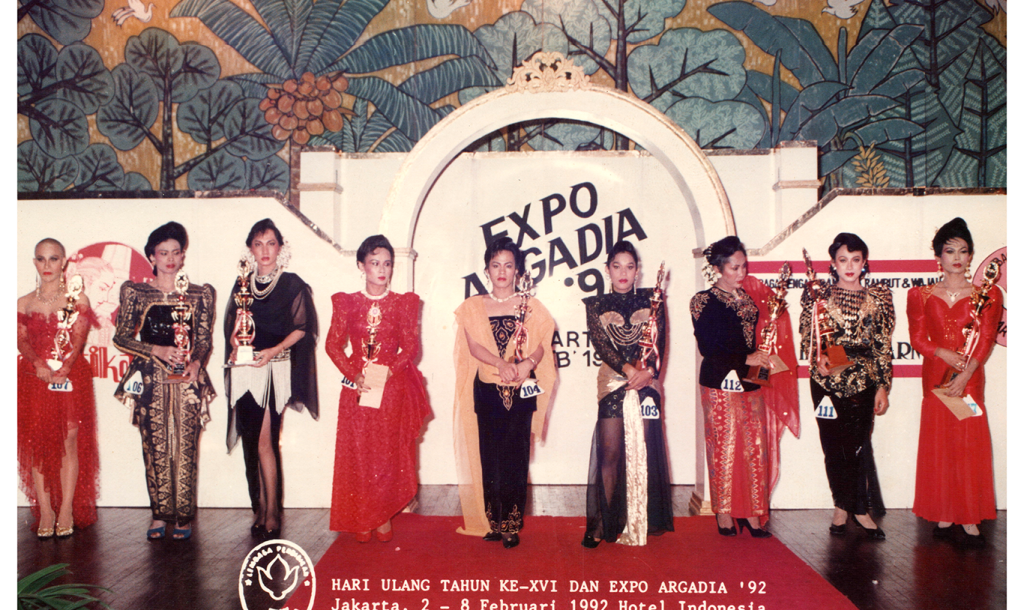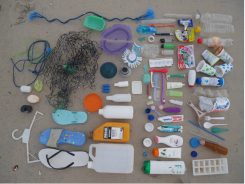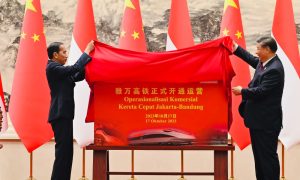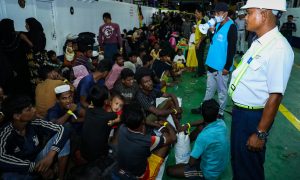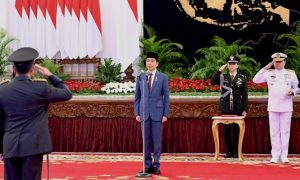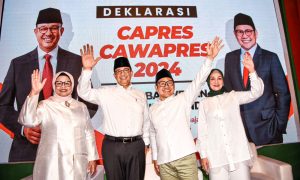For historians of gender and sexuality, sources about queer history are often elusive. This is even more so in the context of Southeast Asia, where the type of source material that might be available in archives in the Global North is not always readily accessible. Much historical research on homosexuality in Europe, for instance, relies on extensive legal archives that detail court cases about relationships that were deemed illegitimate under moral legislation.
Historians interested in Southeast Asian locales often do not have this kind of material at their disposal. This is not always a matter of existence of archives: in pre-Independence Indonesia, for instance, same-sex relationships were not officially outlawed, even though Java was the scene of a much-publicised “homosexual scandal” among European men in the late 1930s.
Yet sometimes traces of the queer past show up in unexpected places. When I was doing archival research for my dissertation about girls’ education in the Dutch East Indies, this was certainly the case. There were only a few sentences, handwritten in an unassuming school notebook that was kept in a 14th century monastery, but they revealed a possible love affair between two Indonesian women in 1933.
A special friendship
I was skimming through the archives of a Roman Catholic sisters’ congregation at the Erfgoedcentrum Nederlands Kloosterleven, the Heritage Centre for Dutch Monastic Life. The Zusters van het Gezelschap van Jezus, Maria en Josef [Sisters of the Society of Jesus, Mary and Joseph] had opened several girls’ schools in the Minahasa region of Sulawesi in the early 20th century, and I was looking for information about the school curricula. In a visitation report, written by a Mother Superior who had travelled from the Netherlands to Indonesia for an inspection, I found the following reference:
“As far as concerns special friendships, just before my visit one case had been discovered by the Superior, of the Native Sister Dorithea with one of the boarding girls. We, the Superiors, found that the case was very serious and after consulting with the four of us, we concluded we should expel Sr. Dorithea.”
In religious women’s communities, there was often considerable anxiety about so-called “special friendships”. Leadership of monasteries were worried about the moral implications of romantic, and possibly sexual, relationships between women. Their main fear, however, was that close individual relationships, romantic or not, could undermine sisters’ and students’ loyalty to the community.
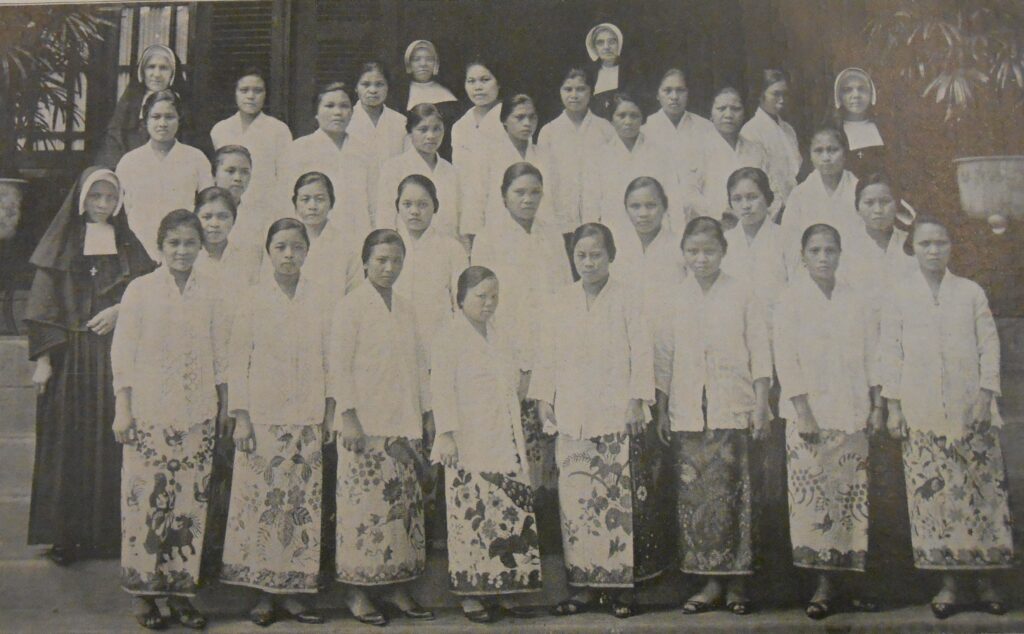
The domestic science course ran by the JMJ sisters in Tomohon, c. 1929. Source: Missies der Zusters van het Gezelschap van J.M.J. in Oost-Indië en Britsch-Indië, vol. 27 (1929) no. 3, p.5. The people in this image do not figure in this article.
The friendship in question had developed between a sister of Indonesian descent and a girl who likely studied at the sisters’ hospital in the village of Tomohon to become a nurse. The sister, who was one of the first Minahasan women to join the order, was allowed to stay with the community only after the intervention of the local priest, who wanted to give her another chance. It is of course possible that the relationship between sister Dorithea and the student was indeed a very intense friendship that distracted them from their daily tasks at the hospital and the monastery. It is just as likely, however, that this was a lesbian relationship, especially judging from the response of the monastery leadership:
“The girl was sent away immediately. And as far as concerns Sister D.’s state of mind, she is terribly sorry, says that she deserves to be sent away and is asking for leave so she can do penance, and she promised me that something like this will never happen again.”
Obviously, the discovery of their relationship, whatever its nature, uprooted the lives of both sister Dorithea and the nursing student, who was expelled from school and may not have had the chance to follow secondary education again. Sister Dorithea was also in a vulnerable position, as many of her white peers doubted Indonesian women’s suitability as sisters in the first place. While the archive does not reveal any further information about either the sister or her friend, they clearly had to live with the consequences of their relationship.
Queer archives as resistance
Small archival findings such as these may seem insignificant: they reveal very little about actual queer women’s experience, and are easily written off as quaint remnants of a long-gone past. Yet, reclaiming history can be powerful in the context of the current backlash against LGBTQ+ communities in contemporary Southeast Asia. For today’s activists, knowing that there are many traces of a queer past in can be a source of solace and strength.
Indonesia’s encounter with the “plasticene” has led to a naïve and hasty government effort to rebrand waste as an asset.
The plastipelago
In public discourse, homophobic political and religious leaders have often attempted to frame LGBTQ+ Indonesians either as victims of an illness or as members of a dangerous movement intent on undermining the state. In many of these instances, homosexuality and gender-nonconformity are portrayed as somehow “new” to Indonesia, a foreign and modern invention that is now seeping into the framework of Indonesian society. The uncovering of stories about LGBTQ+ experiences from the past, however fragmentary, can be used as a tool for resisting these narratives.
Many Southeast Asian cultures have long traditions that rely on fluid performances of gender, and today’s queer community is actively preserving more recent queer histories as well. An inspiring example of how activists can reclaim local pasts is the expansive website Queer Indonesia Archive, a volunteer initiative that is “committed to the collection, preservation and celebration of material reflecting the lives and experiences of queer Indonesia.”
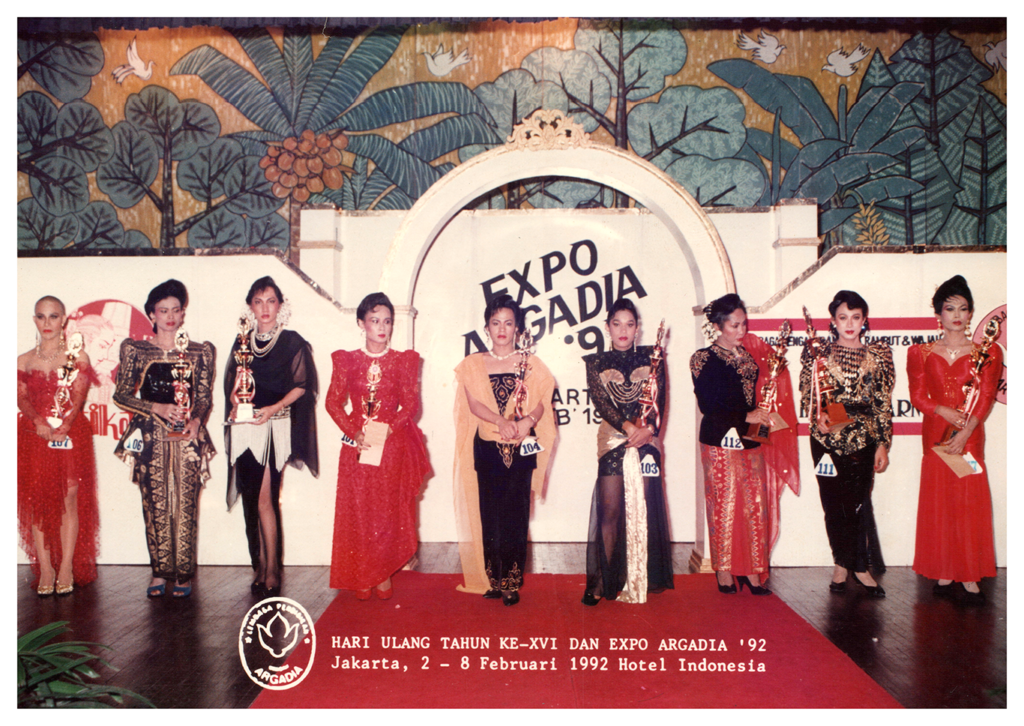
A waria pageant in Jakarta in 1992, from the personal collection of participant Monica. Source: Queer Indonesia Archive, https://qiarchive.org/en/exhibitions/
Since its establishment in 2020, the team of volunteers that run the website have done important work in digitising queer magazines from the Suharto era and beyond. The website also holds a collection of personal photographs, correspondence and print articles about topics such as queer nightlife in 1990s Jakarta and the early HIV crisis. It is a unique repository of queer Indonesian history that is usually hidden from the public eye.
This summer, Queer Indonesia Archive published the exhibition Letters from Ger, which traces the correspondence between a lesbian woman in 1960s Jakarta and an editor of the pioneering American lesbian magazine The Ladder. In the introduction to Ger’s story, Yulia Dwi Andriyanti described the letters as “a reflective journey about queer feelings and their role in opening up possibilities to contest a system that continually negates and erases queer identities and feelings. To embrace these possibilities, it is essential to acknowledge queer feelings from the very beginning.”
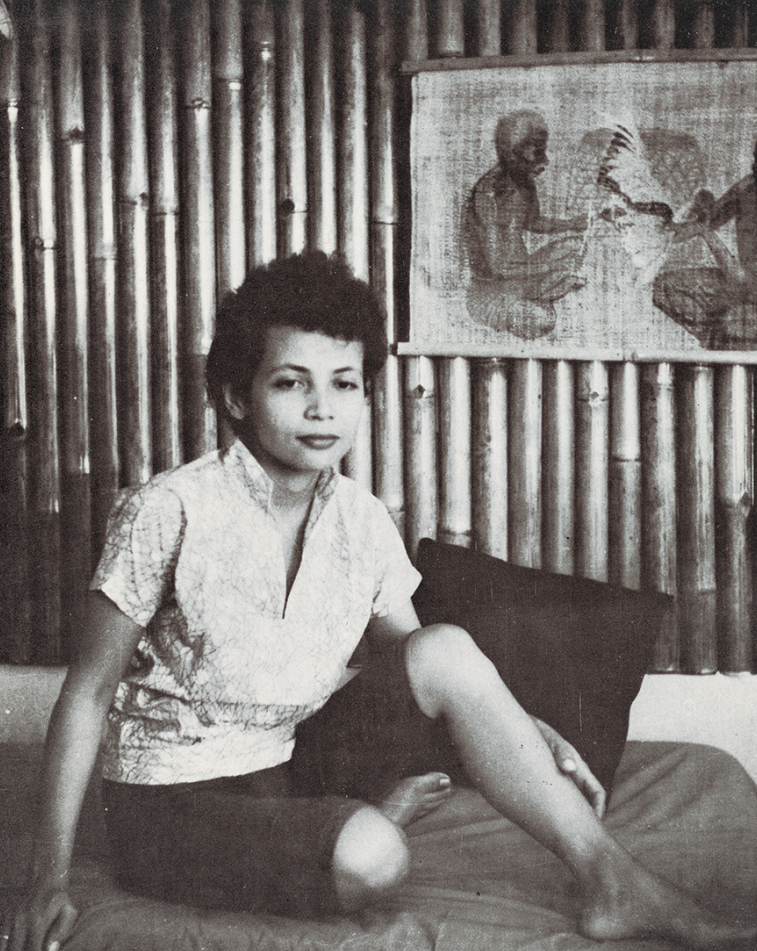
Ger, by Rora, 1963 as published in The Ladder, vol. 9, no. 2, November 1964. Source: Queer Indonesia Archive, https://qiarchive.org/en/lfgintro/
This is exactly where the power of queer history making lies. Making visible the experiences of queer people in the past is a form of resistance against a dominant discourse that aims to frame their very existence as a novel aberration. In one of her videos Kai Mata, a singer-songwriter who has repeatedly gone viral with her queer anthems, sings: pelangi juga bersinar di langit kita—rainbows also shine in our skies. Even an archival find of a few lines can remind us that this motto rings true for the past as well as today’s world.
The author would like to thank the QIA team for their help with this article.
 Facebook
Facebook  Twitter
Twitter  Soundcloud
Soundcloud  Youtube
Youtube  Rss
Rss 